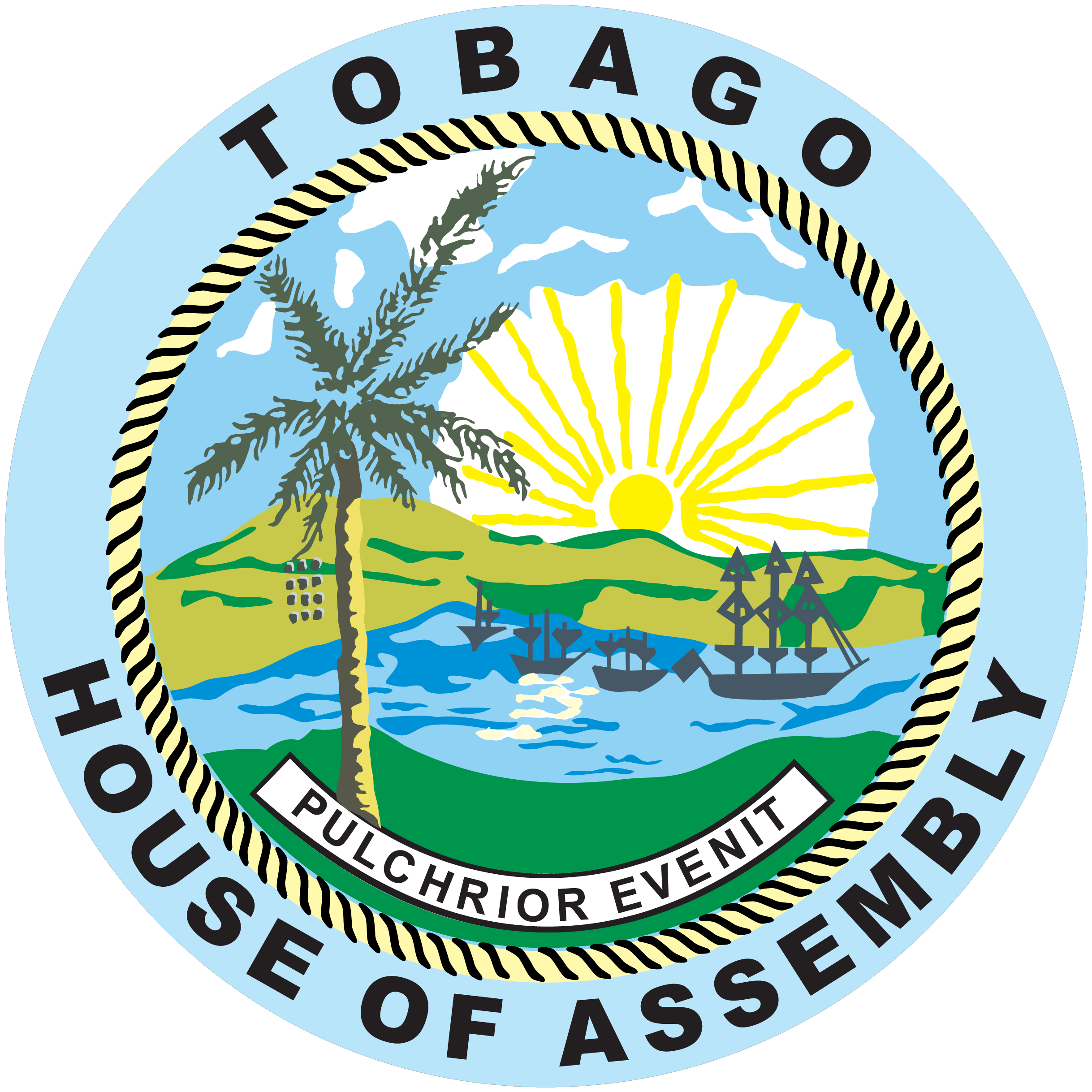The Tobago House of Assembly has made a significant dent in the masses of Sargassum seaweed in Speyside as clean-up efforts continue in the area.
Director in the Department of Natural Resources and the Environment Linford Beckles reported today (August 14, 2015) that an estimated 6,000 cubic feet of the seaweed has been removed so far to nearby disposal sites at Murchiston and the Laow Estate. This represents “65 to 70 per cent” of the seaweed in the area, according to Beckles.
“The clean-up at the Lucyvale area in Speyside is substantially completed, I’d probably say 85-90 per cent complete,” Beckles said. “Primarily what is happening there now is minor landscaping to the backshore of the beach using rakes and that kind of thing. In the upper part of that Bay, closer to Gemma’s (Treehouse Restaurant) we still have a bit of work to do there.”
The THA has devoted an initial $3 million for the Speyside clean-up. Beckles said clearing the area of the bulk of seaweed from both the beach and within coastal waters has been challenging, due to the limited availability of equipment.
The Assembly is also conducting air and water quality tests in the area, and testing should be completed by Monday (August 17, 2015). The results of those tests should be available by Wednesday (August 19). The water testing will determine how safe the beaches are for recreational activity.
The clean-up team is also working to clear the area near the Magdalena Hotel in Speyside, which has also been affected by significant masses of seaweed.
Beckles stressed that the focus is on Speyside because of the massive accumulation of seaweed there, and its impact on the fishing and tourism industries. Other areas were not as badly affected, he said.
“It is considered acceptable practice to actually leave the Sargassum on the beach if it is not too much, let nature take care of itself. I have seen that happen at Blenheim. Having some on the beach is good [to help guard against] coastal erosion.”
The Division of Agriculture, Marine Affairs, Marketing and the Environment, under which the Department falls, is also monitoring the Lambeau area for a possible intervention there, where the seaweed has not receded, Beckles said.
Tobago’s County Medical Officer for Health Dr. Vishwanath Andy Partapsingh said despite the health concerns by some residents, so far there is no evidence that the Sargassum is causing any serious health effects despite the notable stench of the decomposing seaweed.
“There have been complaints or nausea, itching, skin rashes,” Dr. Partapsingh revealed, “but in terms of it becoming serious, we’re talking about illness and disease, we haven’t been able to identify any disease, any organism or thing that has become wrong, but persons have complained of feeling unwell.”
He advised the public that people who begin itching after contact with the seaweed should wash the affected area thoroughly with soap and water and stay away from the seaweed. Anyone with allergic or asthmatic symptoms should visit the nearest health centre for treatment, Dr. Partapsingh said, although he pointed out that allergies would more like suggest contact with marine life trapped in the Sargassum rather than the seaweed itself.
Dr. Partapsingh also said the Division of Health and Social Services and the Tobago Regional Health Association have been working together to monitor and collect data from people in Speyside suffering health issues such as nausea, itching and any other complaints to determine if there is a need for further action, and the best course of treatment if necessary.
